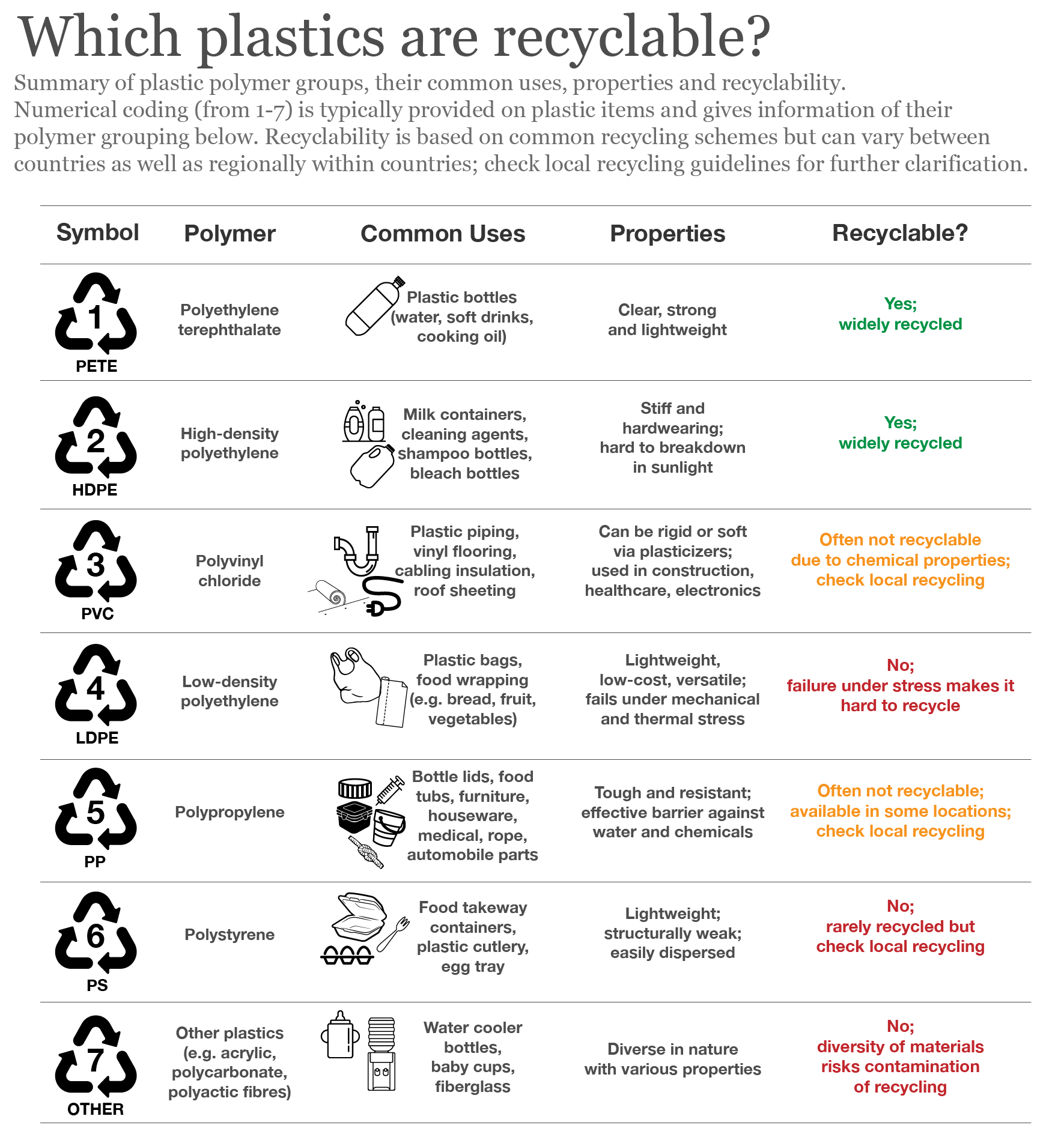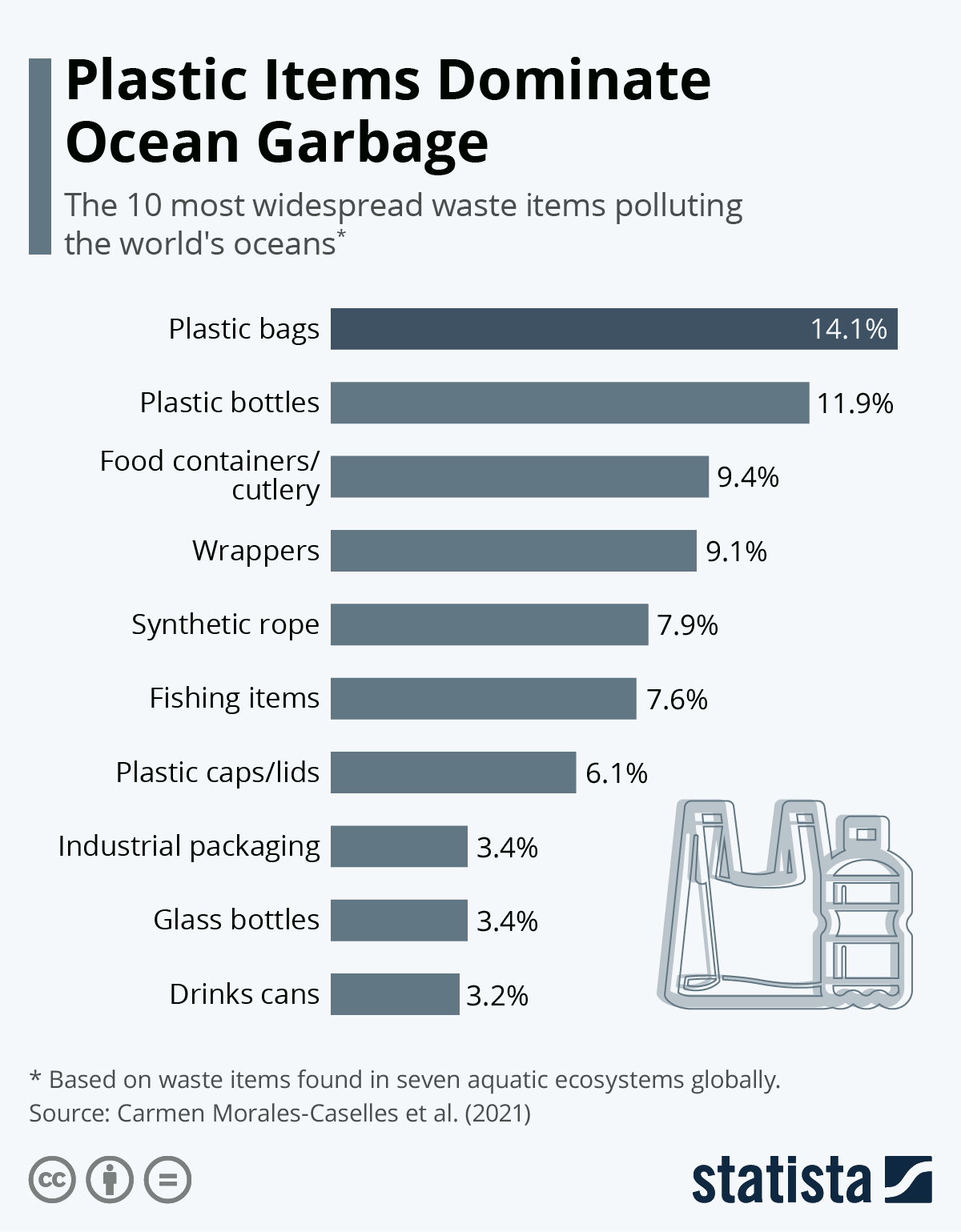Research Study
Our research study reveals the shocking truth about plastic waste and its impact on the environment. Read the full report here.
Download Research ReportYou Can Also See UNCN official Document
Platic Pollution BriefImpact
Plastic waste has a significant impact on the environment, including:
Pollution: Plastic waste can pollute the land, air, and water:
Land: Plastic waste can damage soil, clog drains and gutters, and create breeding grounds for pests and mosquitoes.
Water: Plastic waste can pollute rivers, lakes, and oceans, and can clog sewers.
Air: Plastic production and transportation can contribute to air emissions.
climate change: Plastic waste can contribute to climate change.
Ecosystems: Plastic waste can alter habitats and natural processes, making it harder for ecosystems to adapt to climate change.
Human health: Plastic waste can cause serious health impacts. Microplastics can enter the human body through inhalation and absorption, and can accumulate in organs. Chemicals associated with plastics, such as flame retardants, plasticisers, and methyl mercury, can also enter the body and cause health concerns.
Food production: Plastic pollution can directly affect food production capabilities.
Environmental toll of plastics - EHN
Plastic waste can persist in the environment for centuries because plastic is durable and resistant to degradation. It can take up to 1,000 years for plastic to break down.
Plastic waste can also be transported through the food chain, Which can cause harm to animals and humans.

ReCycle ReNew ReUse

History
From the 1950s to the 1970s, only a small amount of plastic was produced, and as a result, plastic waste was relatively manageable.
However between the 1970s and the 1990s, plastic waste generation more than tripled, reflecting a similar rise in plastic production.
In the early 2000s, the amount of plastic waste we generated rose more in a single decade than it had in the previous 40 years.
Today, we produce about 400 million tonnes of plastic waste every year.
We are seeing other worrying trends. Since the 1970s, the rate of plastic production has grown faster than that of any other material. If historic growth trends continue, global production of primary plastic is forecasted to reach 1,100 million tonnes by 2050. We have also seen a worrying shift towards single-use plastic products, items that are meant to be thrown away after a single short use. Approximately 36 per cent of all plastics produced are used in packaging, including single-use plastic products for food and beverage containers, approximately 85 per cent of which ends up in landfills or as unregulated waste. Additionally, some 98 per cent of single-use plastic products are produced from fossil fuel, or "virgin" feedstock. The level of greenhouse gas emissions associated with the production, use and disposal of conventional fossil fuel-based plastics is forecast to grow to 19 per cent of the global carbon budget by 2040.

Impact And consequences
Now You can See one of Recent impact of climate change
Saudi Arabia's Al-Jawf sees first-ever snowfall World
Read Full Article Here
Problem
Ocean Pollution

Research And Hope
Genetically modified bacteria break down plastics in saltwater

Researchers have genetically engineered a marine microorganism to break down plastic in salt water. The modified organism can break down polyethylene terephthalate (PET), a contributor to microplastic pollution in oceans that is used in everything from water bottles to clothing.
The researchers worked with two species of bacteria. The first, Vibrio natriegens, thrives in saltwater and reproduces very quickly. The second, Ideonella sakaiensis, produces enzymes that enable it to break down and metabolize PET.
The researchers took the DNA from I. sakaiensis and incorporated its genetic sequence into a plasmid. Plasmids are genetic sequences that can replicate in a cell, independent of the cell's own chromosome. By introducing the plasmid containing the I. sakaiensis genes into V. natriegens bacteria, the researchers were able to get V. natriegens to produce the desired enzymes on the surfaces of their cells. The researchers then demonstrated that V. natriegens could break down PET in a saltwater environment at room temperature.
"This is the first time anyone has reported successfully getting V. natriegens to express foreign enzymes on the surface of its cells," says Nathan Crook, corresponding author of the paper on the work, published in the AIChE Journal, and a chemical and biomolecular engineer at North Carolina State University. The work was done with funding support from the U.S. National Science Foundation.
"From a practical standpoint, this is also the first genetically engineered organism that we know of that is capable of breaking down PET microplastics in saltwater," says Tianyu Li of NC State, first author of the paper.
The researchers acknowledged that additional hurdles must be addressed, but "breaking down the PET in saltwater was the most challenging" part of their work, according to Crook.
source click Here
Global Steps to Counter
Global Plastic Pollution Treaty
In March 2022, at the resumed fifth session of the UN Environment Assembly (UNEA-5.2), a historic resolution was adopted to develop an international legally binding instrument on plastic pollution, including in the marine environment.
The Conference of the Parties (COP) is an annual summit of the United Nations Framework Convention on Climate Change (UNFCCC). The COP is the world's highest decision-making body on climate change and is one of the largest international meetings.
Here are some things to know about the COP summit: What it's about The COP is where world leaders meet to discuss and agree on how to tackle climate change, limit emissions, and stop global warming.When and where it's held The COP is held annually, unless the countries involved decide otherwise. The next COP, COP29, will take place in Baku, Azerbaijan from November 11 to 22, 2024.
Who attends The COP is attended by governments, civil society, business, and academia.
What's been achieved Some of the most significant international climate commitments, agreements, and laws have come from the COP summits, including the Kyoto Protocol and the Paris Agreement.
What's discussed At the COP, countries discuss and decide on how to cut greenhouse gas emissions, adapt to climate change, and help countries build resilience to climate change.
What happens before the COP Formal negotiations that form the basis of the decisions at the conference normally take place months ahead of the annual meeting at a "Pre-COP

The Path Forward: A Global Treaty

On 25 November 2024, international delegates will gather in South Korea to negotiate a legally binding treaty to reduce plastic pollution. However, progress has been hindered by debates over reducing production, with fossil fuel and industry lobbyists pushing to avoid limits. At past negotiations, lobbyist registrations increased dramatically, reflecting strong resistance from the $712 billion plastics industry.
Experts emphasize that plastic pollution must be addressed holistically, covering its entire life cycle. According to Luis Vayas Valdivieso, chair of the UN treaty talks, “We cannot manage the amount of plastic we are producing. Only 10%gets recycled; something must be done.”
Of all those billions of tons manufactured, three-quarters were discarded in landfills, open dumps or directly into the environment. Today, our oceans, beaches, rivers, cities and wild places are awash in discarded plastic and synthetic textiles, while microplastics have been detected from pole to pole, on remote mountaintops and in clouds.
In view of the tremendous buildup of visible trash, it’s not surprising that the plastics crisis so far has mostly been treated as a problem of poor waste management and consumer choice. Likewise, efforts for a fix have largely focused on recycling and consumer education.
But talking about plastic as a litter problem ignores one of the most alarming facets of our plastic addiction: its impacts on human health.
Fast-mounting evidence points to microplastics entering the human body and doing internal damage. Likewise, thousands of chemicals that leach out of plastics are finding their way into our bodies (via food wrappers, storage containers, cooking utensils and other routes) with some of those chemicals linked to a range of health impacts, including immune suppression and cancer.
In a new report out Nov. 7th in the journal One Earth, an international group of researchers attempted to gather all of plastic’s myriad negative impacts into a global framework ahead of the final round of negotiations for a global plastics treaty scheduled to run Nov. 25 to Dec. 1 in Busan, Korea.
The report puts it bluntly: “Despite the manifest benefits of plastics, plastics pollution now threatens the environment, food security, and human health.”